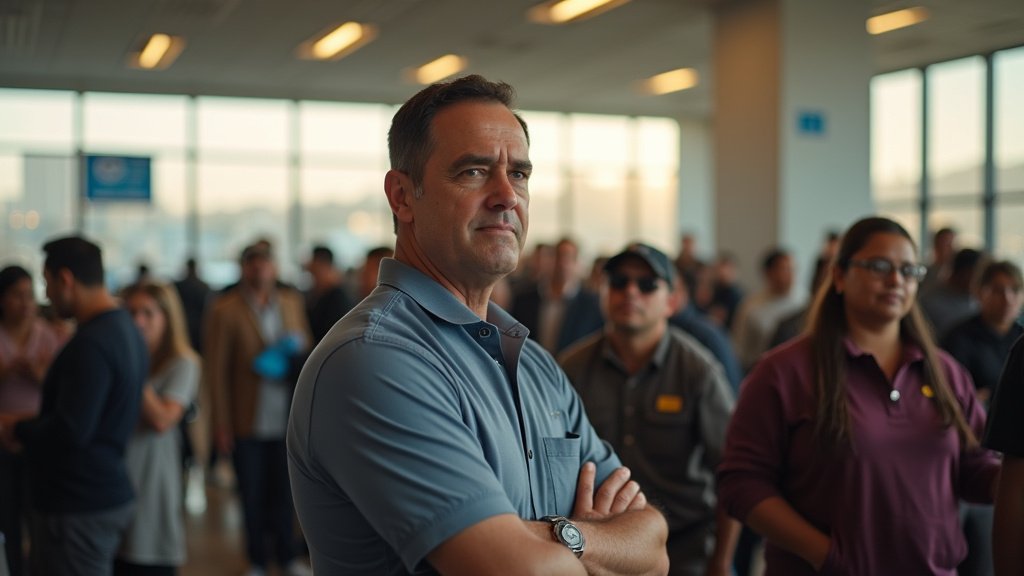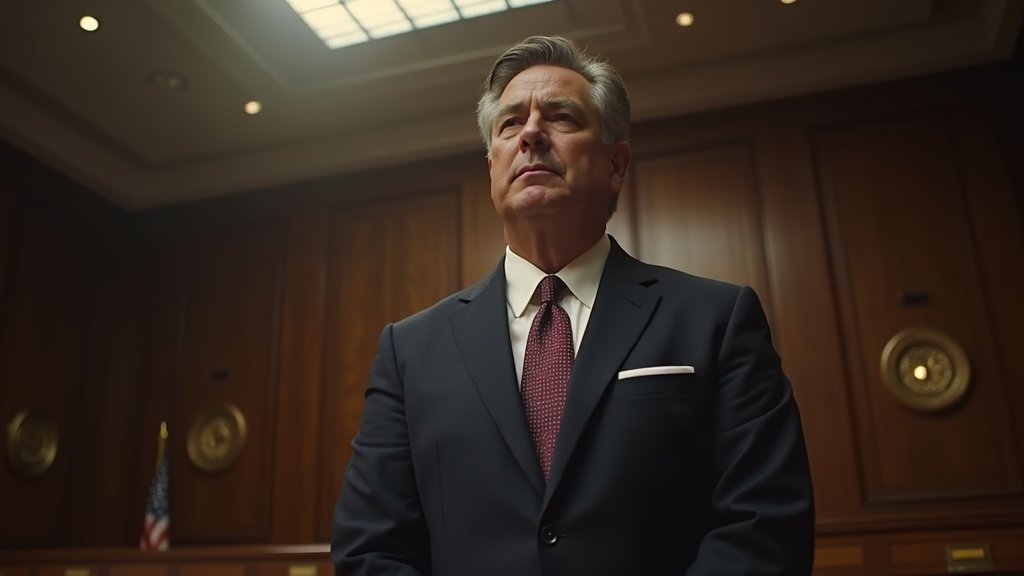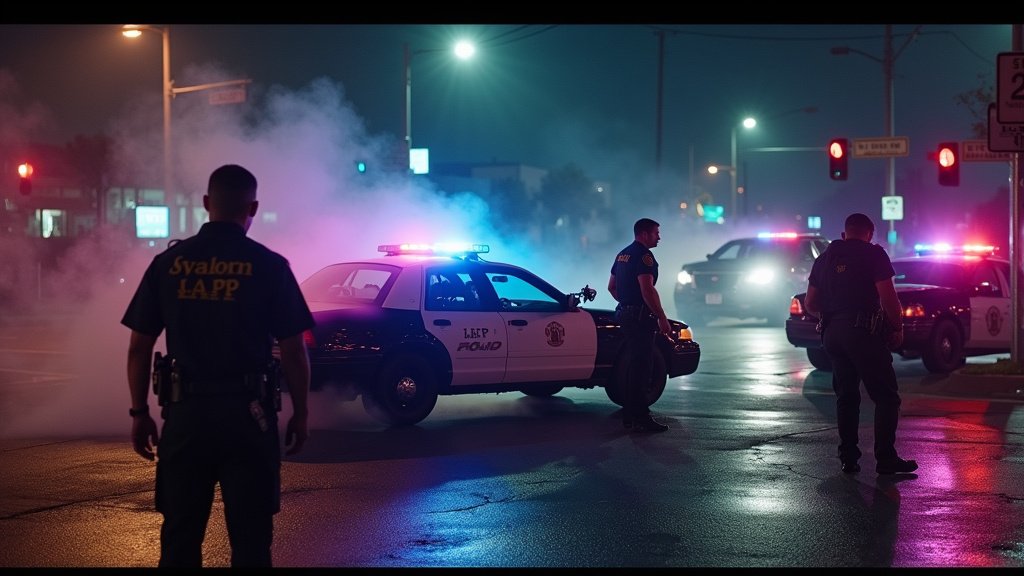Immigration Enforcement Protest Disrupts Downtown LA on July 4th
Downtown Los Angeles experienced significant disruption on the afternoon of Friday, July 4th, as protesters against federal immigration enforcement marched through the streets. The demonstration, described in a news release as a “march against ICE, federal occupation in downtown LA,” came in the wake of recent immigration raids in the Los Angeles area and the Trump administration’s order to deploy National Guard soldiers and Marines in response to earlier protests.
The protest group initially convened around 9:30 a.m. outside City Hall on Spring Street, preparing for a planned 1.5-mile route through the downtown core. The march proceeded through the city’s financial and administrative districts before reaching its key destination in the early afternoon.
Confrontation at Federal Building
Around 3:00 p.m., the demonstrators arrived at the Edward R. Roybal Federal Building, situated along Alameda Street between Temple and Aliso Streets. The crowd gathered outside the building, engaging in a rally that continued for approximately three hours.
The situation intensified during the rally. The Los Angeles Police Department (LAPD) reported via a post on the social media platform X (formerly Twitter) that “Demonstrators are confronting Federal Protective Security Personnel and National Guard Members.” The LAPD noted that federal agents had employed less lethal munitions in response to the confrontation.
A reporter for CBS News Los Angeles who was present at the scene at the time of the LAPD’s post on X stated that they did not observe law enforcement deploying tear gas during that period.
Skirmish Line Formed, Streets Blocked
Following the update from the LAPD, National Guard troops and federal agents took a more assertive posture, forming a skirmish line outside the federal building. They issued warnings to the protesters, advising them to leave the vicinity and disperse from the area.
In response, demonstrators moved off the sidewalks and onto the streets, effectively blocking several lanes on Alameda Street. This action brought traffic to a standstill in the immediate area, further escalating the situation and impacting mobility in the downtown district on a national holiday.
Dispersal Order and Street Closures
The standoff continued until shortly after the LAPD issued a formal dispersal order at 7:05 p.m. Upon receiving the order, the majority of the crowd began to disperse from the street, bringing an end to the hours-long protest and confrontation.
Following the departure of the demonstrators, authorities took steps to secure the area and manage residual traffic disruption. Officers subsequently closed segments of downtown streets to facilitate cleanup and ensure public safety. Alameda Street was closed between First and Aliso Streets, and First Street was closed between San Pedro and Alameda Streets. These closures remained in effect for approximately one hour before normal traffic flow was restored.
The July 4th demonstration highlighted ongoing tensions surrounding federal immigration enforcement policies and the deployment of federal personnel in cities, reflecting a nationwide debate on immigration practices and the rights of protesters.





